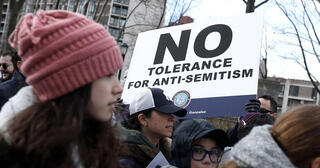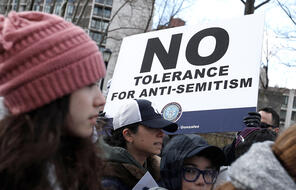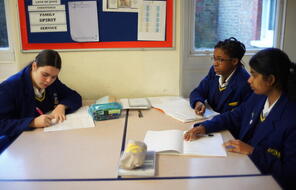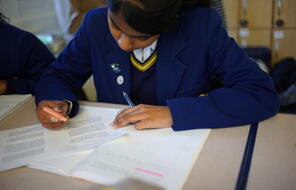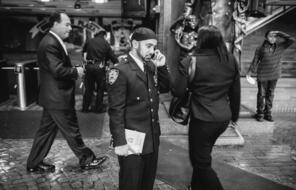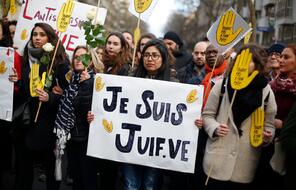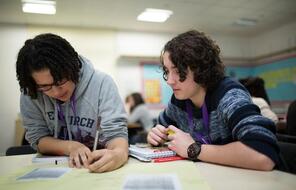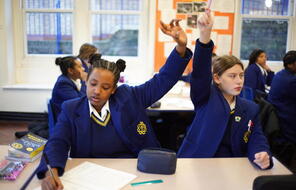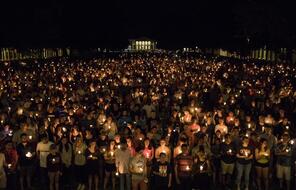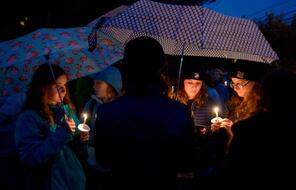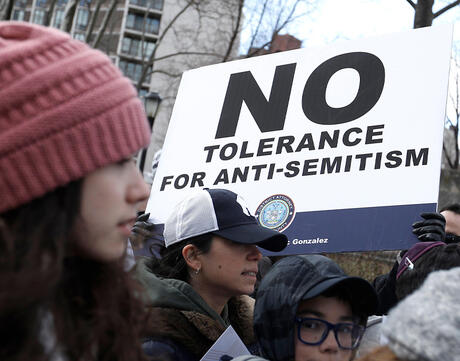
Standing Up Against Contemporary Antisemitism
Overview
About This Lesson
This is the fourth and final lesson in a unit designed to help teachers have conversations with their students about contemporary antisemitism in a safe, sensitive and constructive way. Use these lessons to help your students reflect on antisemitism – how it manifests in contemporary society and its impact – and consider what needs to be done to challenge it.
This two-part lesson is a means of helping students understand the dangers that antisemitism poses to society if it is left unchecked and of helping them reflect on what they can do to stand up against contemporary antisemitism. In the first part of the lesson, students reflect on the dangers that antisemitism poses to human lives, human rights and democracy. Then, in the second part of the lesson, students focus on the act of upstanding, looking at specific antisemitic incidents and considering what could have been done in response and to prevent future incidents from occurring.
To help students understand how to stand up against contemporary antisemitism, they need to understand its present manifestations. Understanding the ways that antisemitism appears in society can mean that they are better equipped to know how to challenge it, in all its forms.
Some of the content in this two-part lesson can be challenging for students. We recommend that you review your classroom contract and teach the first two lessons of this unit (Introducing Antisemitism and Antisemitic Tropes and Exploring Antisemitic Tropes in Further Depth) if you have not already done so.
Preparing to Teach
A Note to Teachers
Before teaching this lesson, please review the following information to help guide your preparation process.
Lesson Plans
Activities
Part I
Part II
Extension Activities
Materials and Downloads
Standing Up Against Contemporary Antisemitism
Special Thanks
Sponsored By

Teach Facing History
Not in the United States?
Find resources for Canada and the United Kingdom
Learn more about our other International Partners
Unlimited Access to Learning. More Added Every Month.
Facing History & Ourselves is designed for educators who want to help students explore identity, think critically, grow emotionally, act ethically, and participate in civic life. It’s hard work, so we’ve developed some go-to professional learning opportunities to help you along the way.
Exploring ELA Text Selection with Julia Torres
On-Demand

Working for Justice, Equity and Civic Agency in Our Schools: A Conversation with Clint Smith
On-Demand

Centering Student Voices to Build Community and Agency
On-Demand




